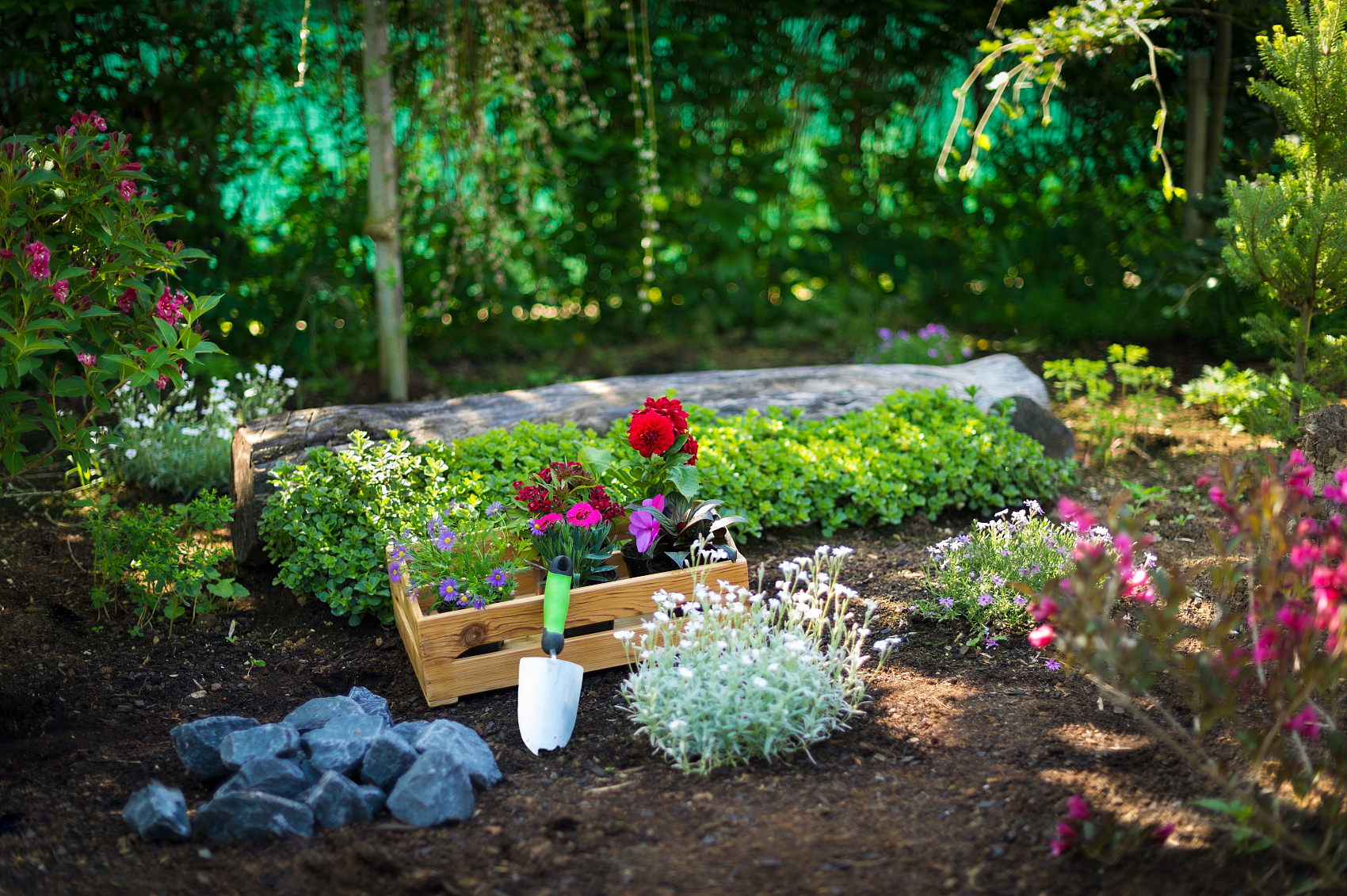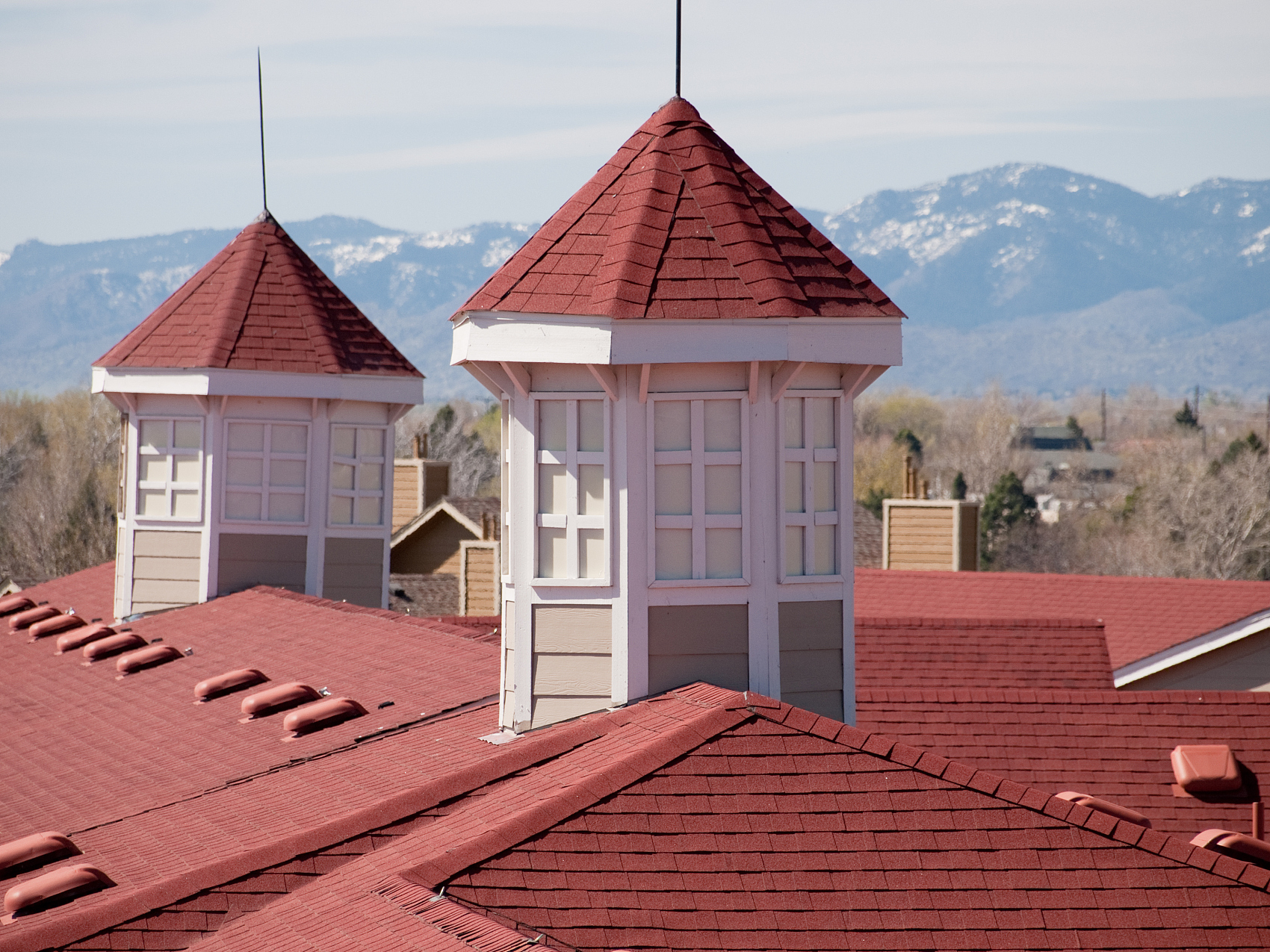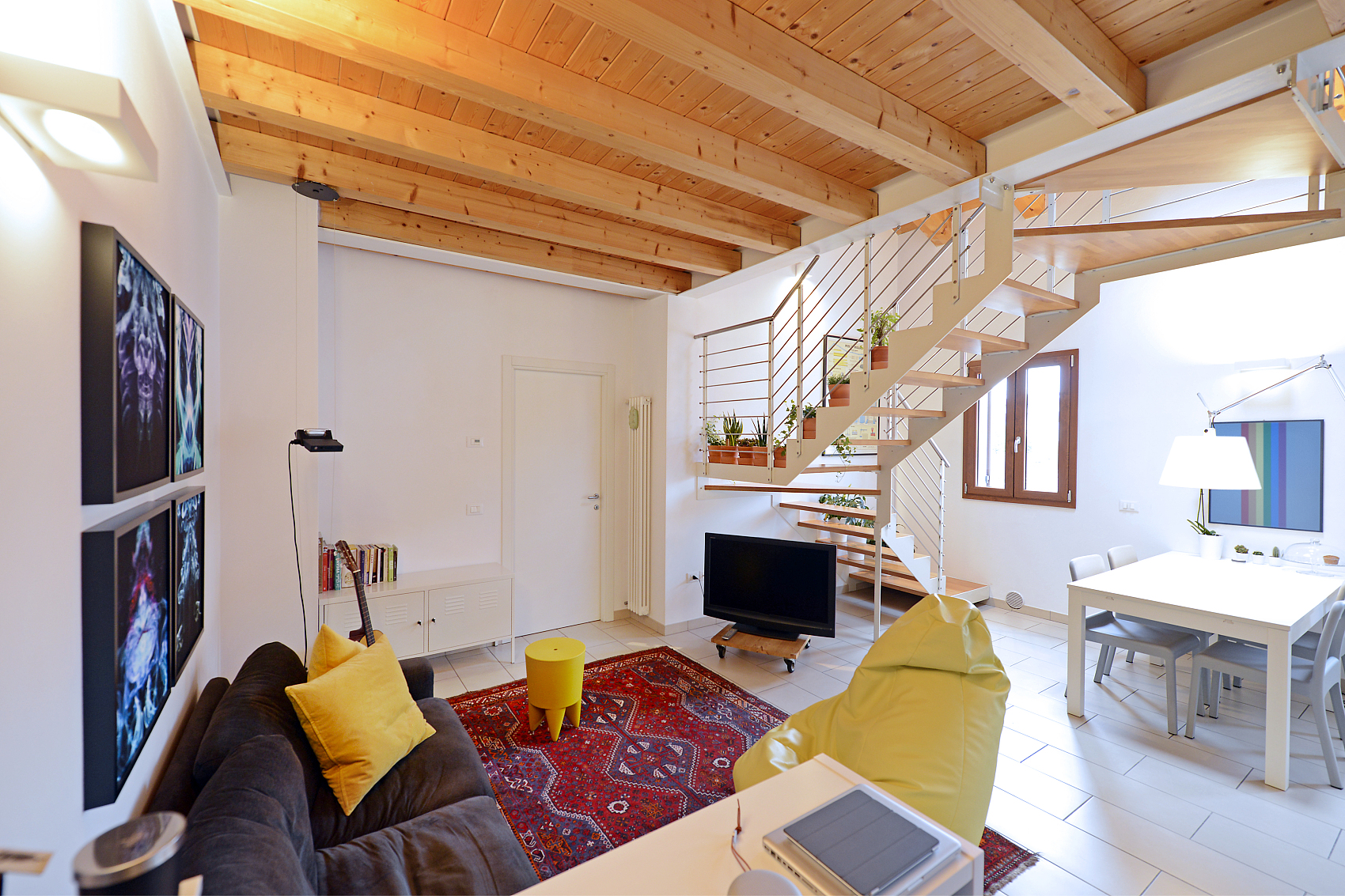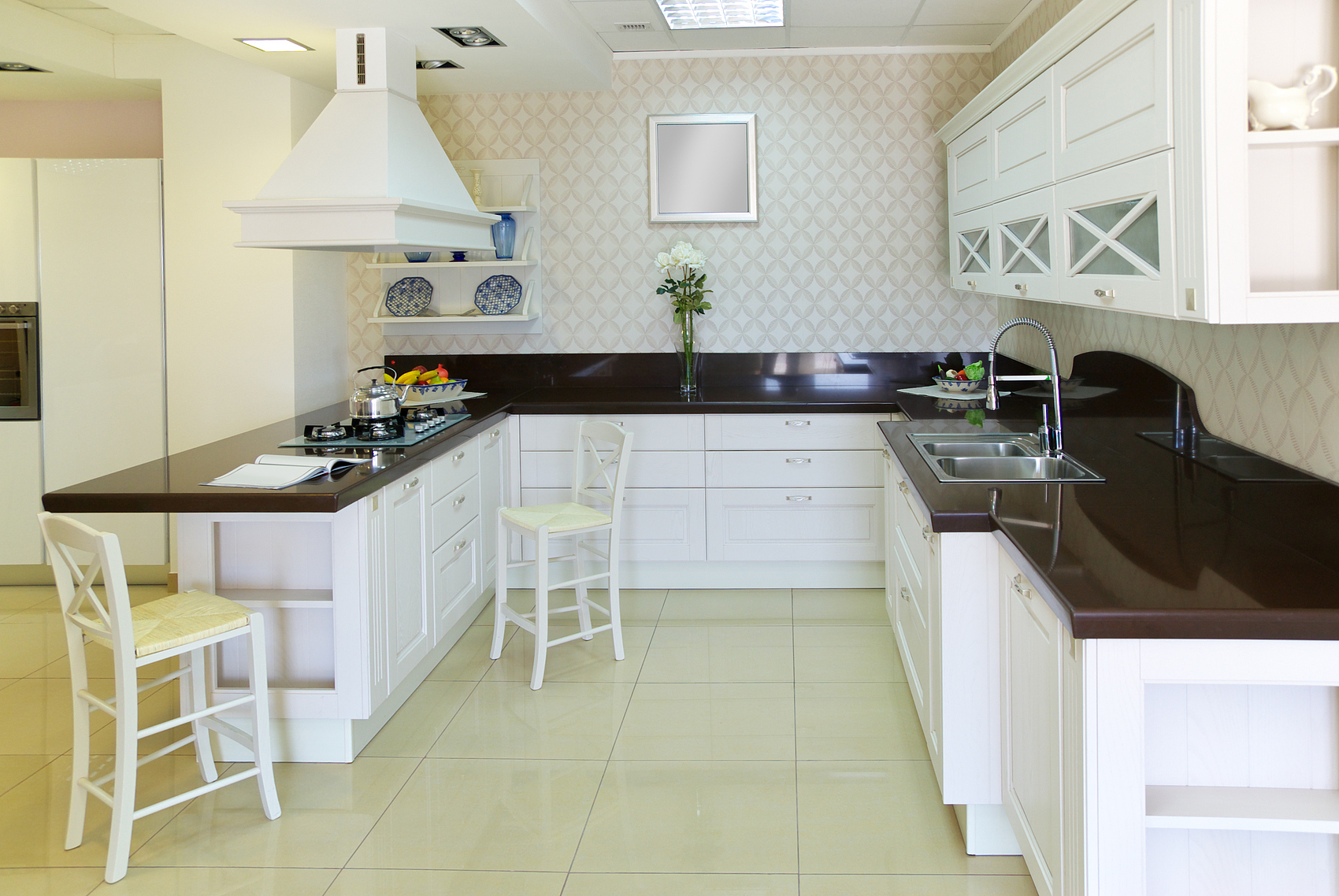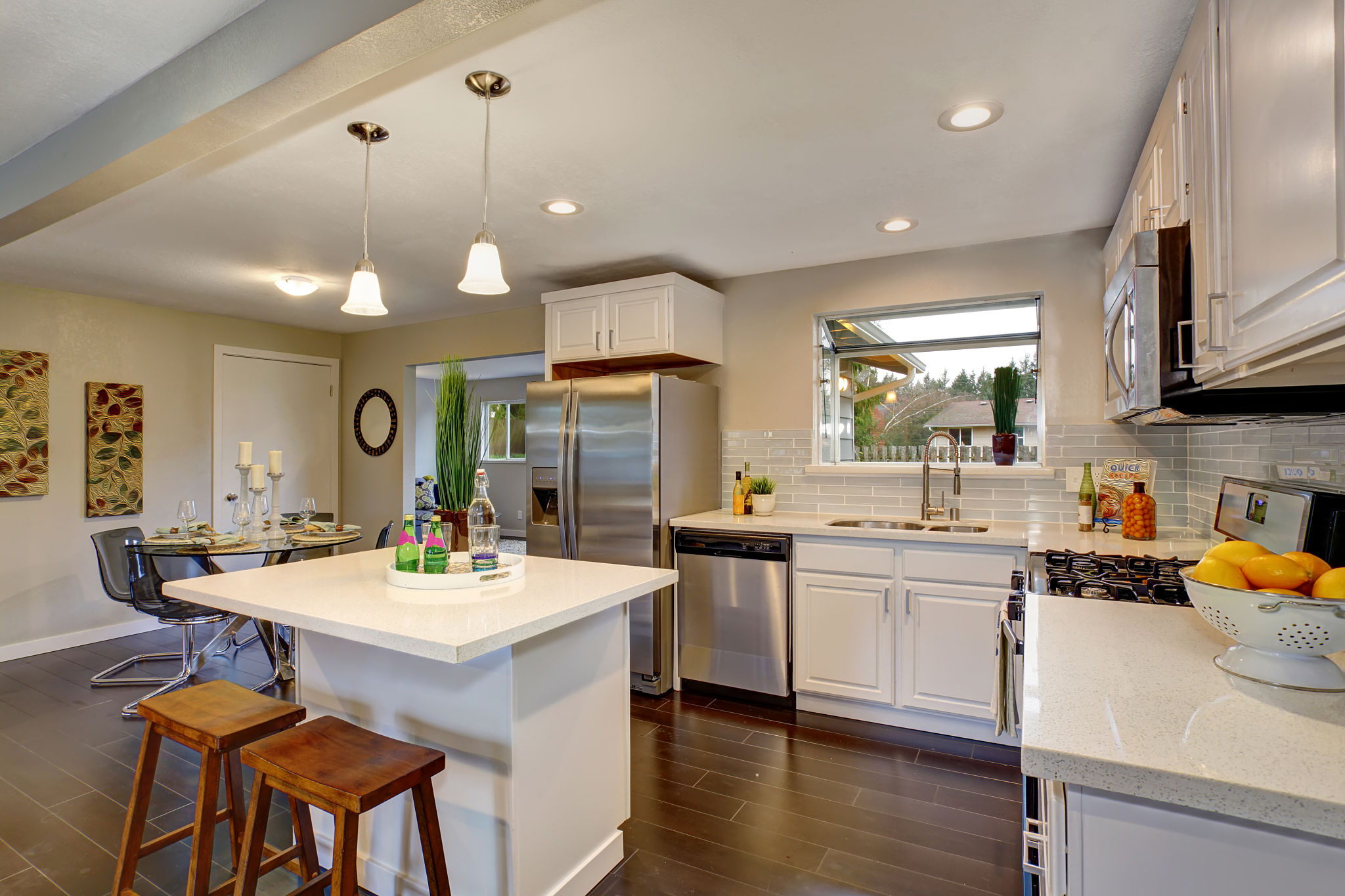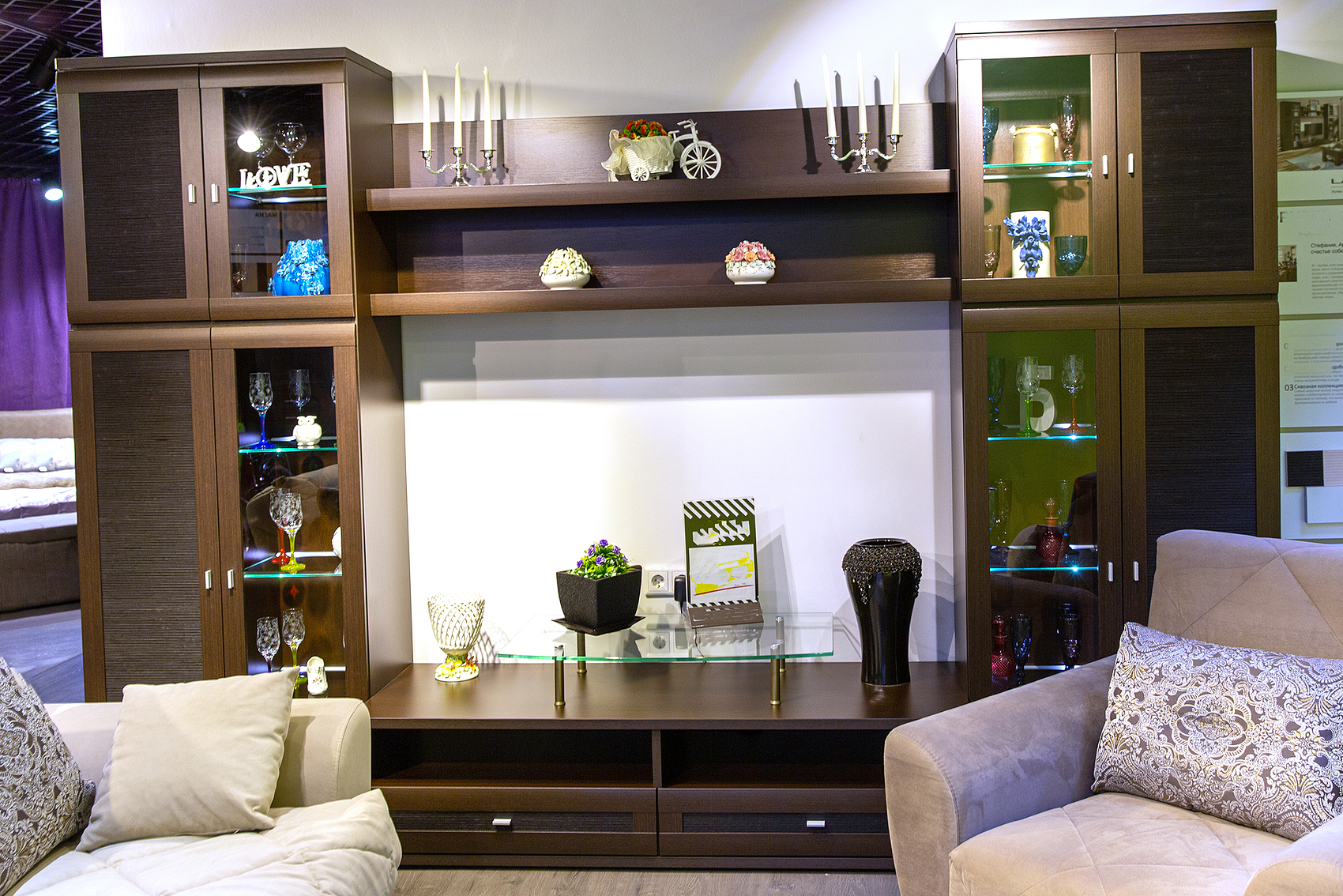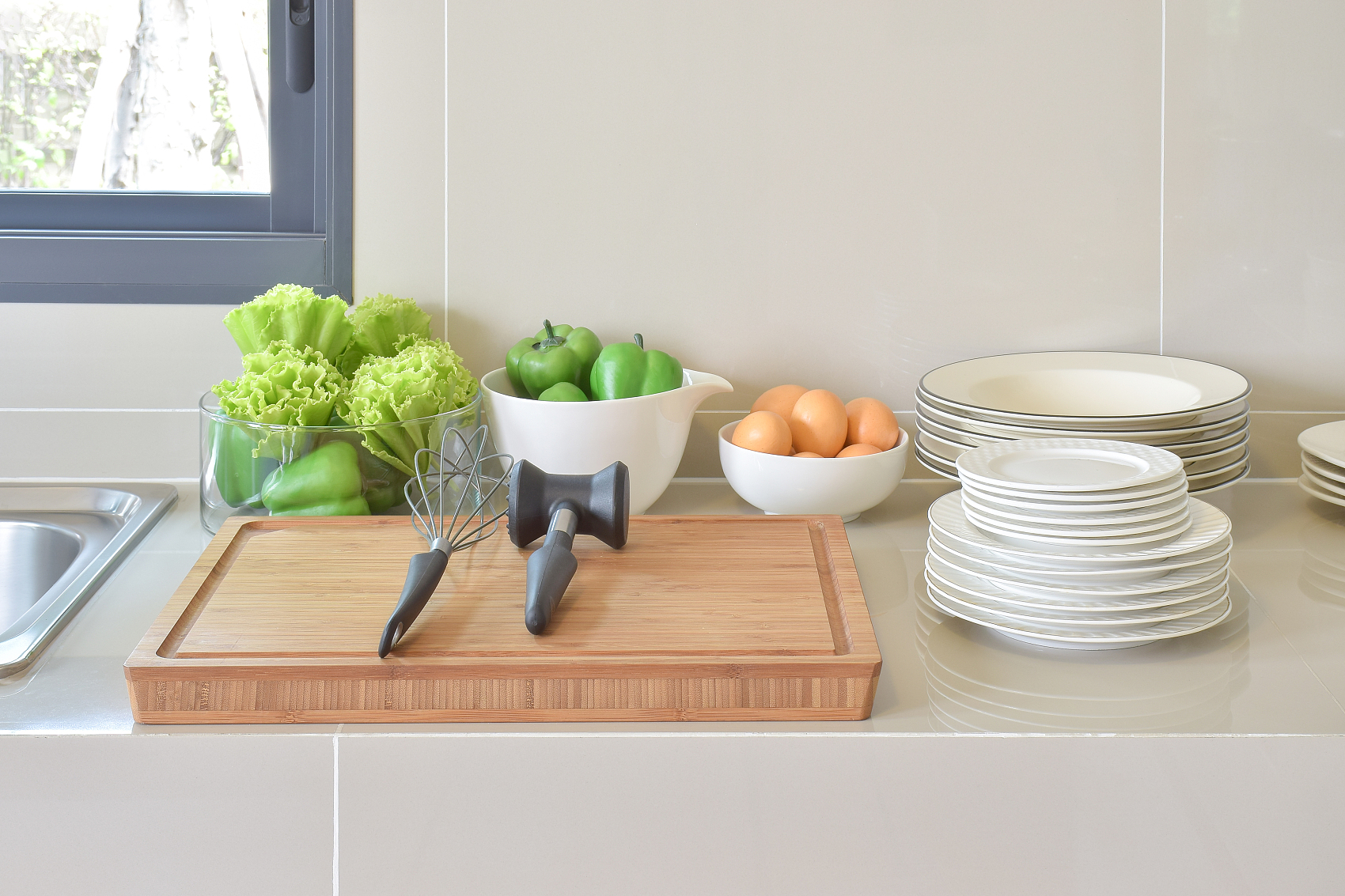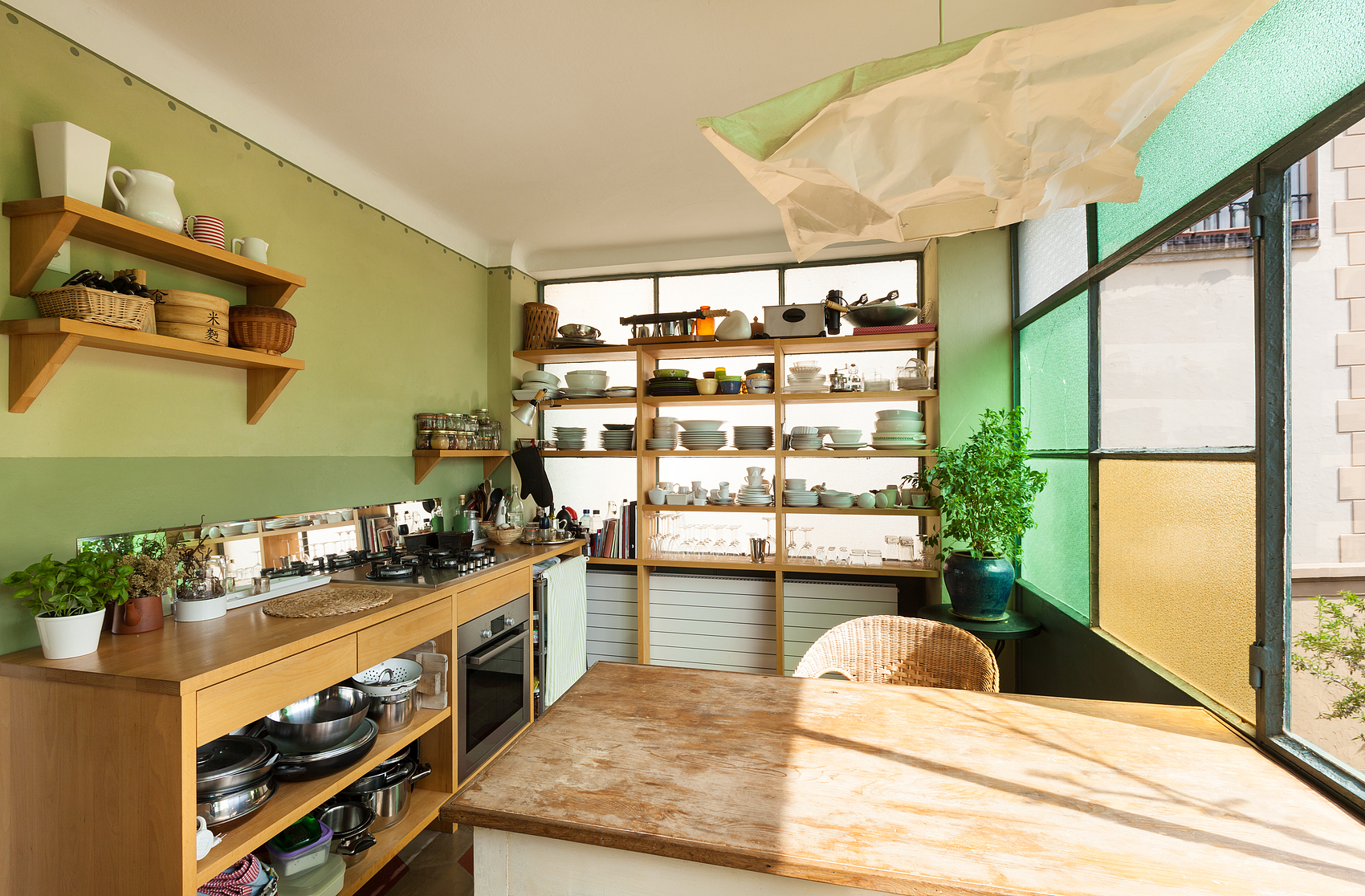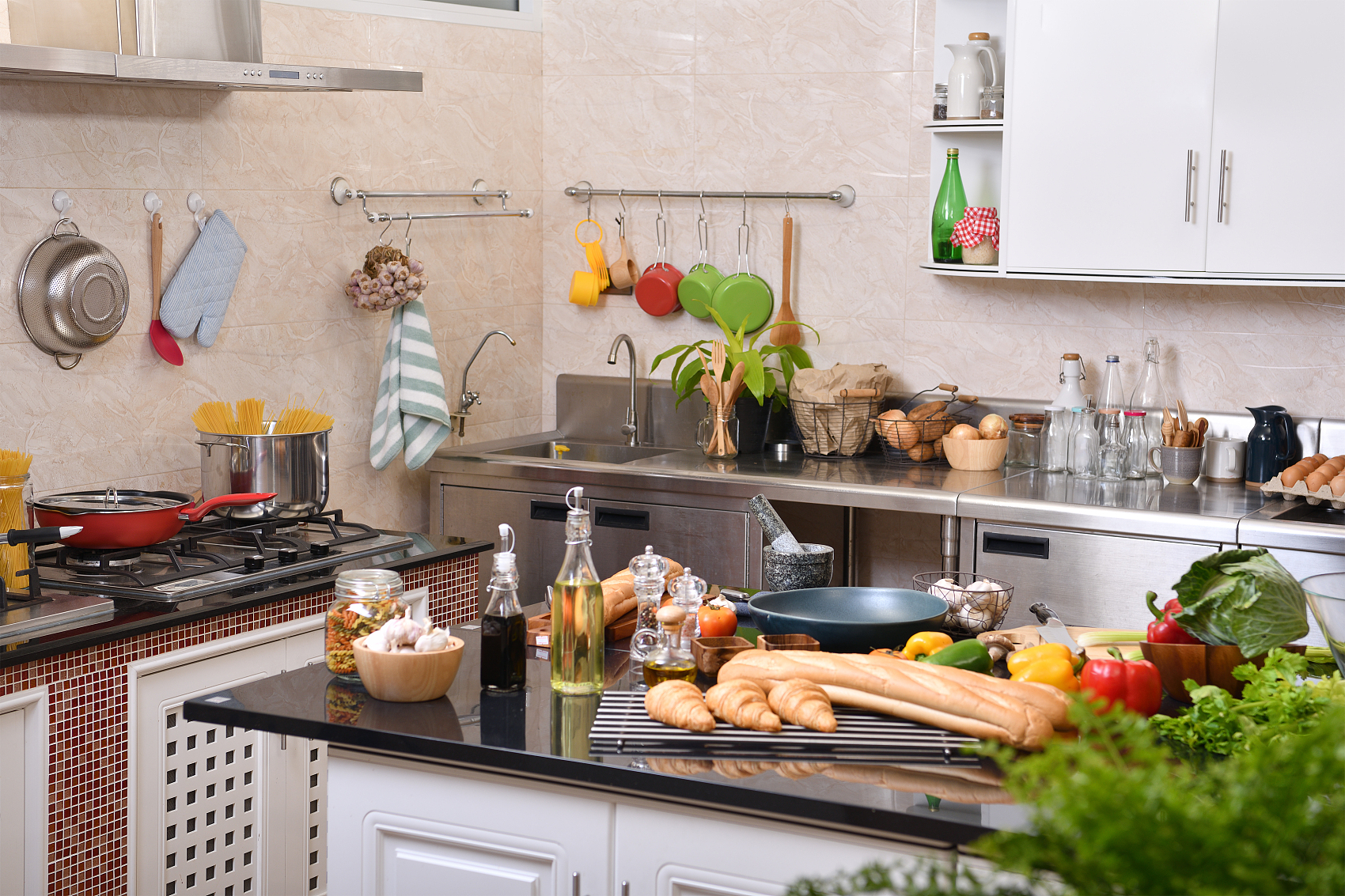Plasterboard, also called drywall or gypsum board, is a popular material used in building walls, ceilings, and partitions due to its versatility, easy installation, and smooth finish. When working with plasterboard, choosing the right size and thickness is essential for a successful project. In the UK, plasterboard comes in various sizes and thicknesses, each suited to different applications. Here’s a guide to help you understand the standard sizes, thicknesses, and types of plasterboard available.
Standard Plasterboard Sizes
In the UK, common plasterboard sizes include:
- 2400mm x 1200mm (8ft x 4ft): The most widely used size, covering 2.88 square meters per sheet, perfect for walls and ceilings. Fewer joints mean a smoother finish.
- 1800mm x 900mm (6ft x 3ft): Smaller and easier to handle, ideal for tight spaces or smaller projects.
- 1200mm x 900mm (4ft x 3ft): Compact and great for repairs or small-scale work, especially in confined areas.
- 3000mm x 1200mm (10ft x 4ft): A larger board used for big projects where covering large areas quickly is important, often in commercial settings.
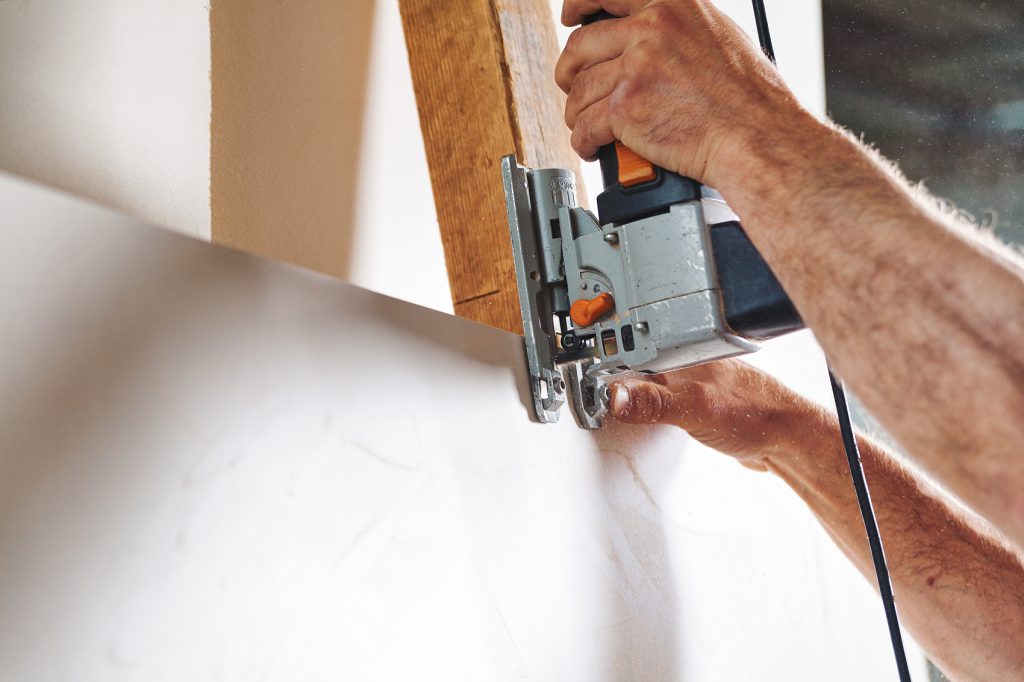
Plasterboard Thickness
Plasterboard also comes in different thicknesses for various needs:
- 9.5mm: A thinner option ideal for ceilings, where a lighter board helps prevent sagging. It’s also useful for curved partitions due to its flexibility.
- 12.5mm: The most common for walls, offering strength and ease of handling. It works well with finishes like tiles and heavy wallpaper.
- 15mm: Thicker boards provide better sound insulation and fire resistance, commonly used between apartments or in commercial spaces.
- 19mm: A specialist thickness for high fire-resistance requirements, such as in specific fire-rated walls.
Types of Plasterboard
Beyond standard plasterboards, there are specialized options for specific needs:
- Soundproof Plasterboard: Usually 12.5mm to 15mm thick, this type reduces noise transmission, making it ideal for bedrooms, home offices, or shared walls.
- Moisture-Resistant Plasterboard: Commonly 12.5mm thick, it’s treated to resist moisture, perfect for bathrooms, kitchens, or damp areas.
- Fire-Resistant Plasterboard: Available in 12.5mm and 15mm thicknesses, it provides added fire protection, often required in commercial buildings or stairwells.
- Thermal Insulated Plasterboard: This board has a layer of insulation on the back, improving energy efficiency when used on external walls.
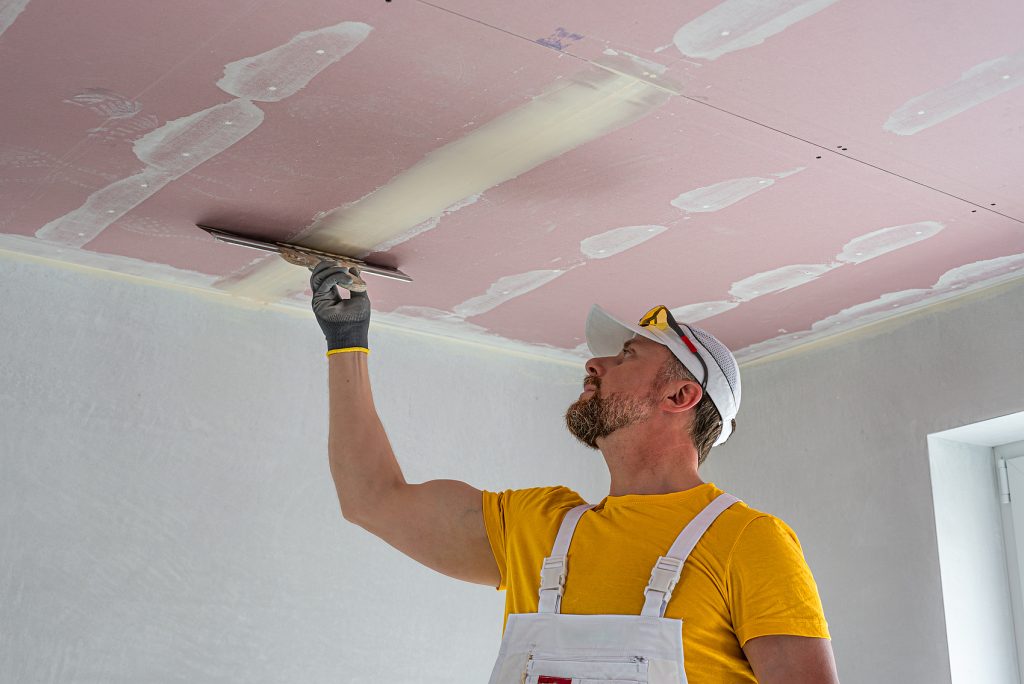
FAQs
Can you skim plasterboard?
Yes, plasterboard can be skimmed to create a smooth finish for painting or wallpapering.
What thickness is best for walls?
12.5mm is the most common choice for walls, providing the right balance of strength and ease of installation.
What size is best for ceilings?
The 2400mm x 1200mm (8ft x 4ft) size is ideal for ceilings, paired with a 9.5mm thickness to prevent sagging.
What’s the largest size available?
The largest standard size in the UK is 3000mm x 1200mm (10ft x 4ft), typically used for large commercial projects.
Is there a difference between wall and ceiling plasterboard?
Yes, 9.5mm boards are often used for ceilings due to their lighter weight, while 12.5mm boards are preferred for walls for added strength.
What is moisture-resistant plasterboard?
Moisture-resistant plasterboard is treated with water-repellent additives, making it suitable for humid environments like bathrooms and kitchens.
What’s the best plasterboard for soundproofing?
Thicker plasterboards (15mm) or specially designed soundproof boards are best for reducing noise between rooms.


